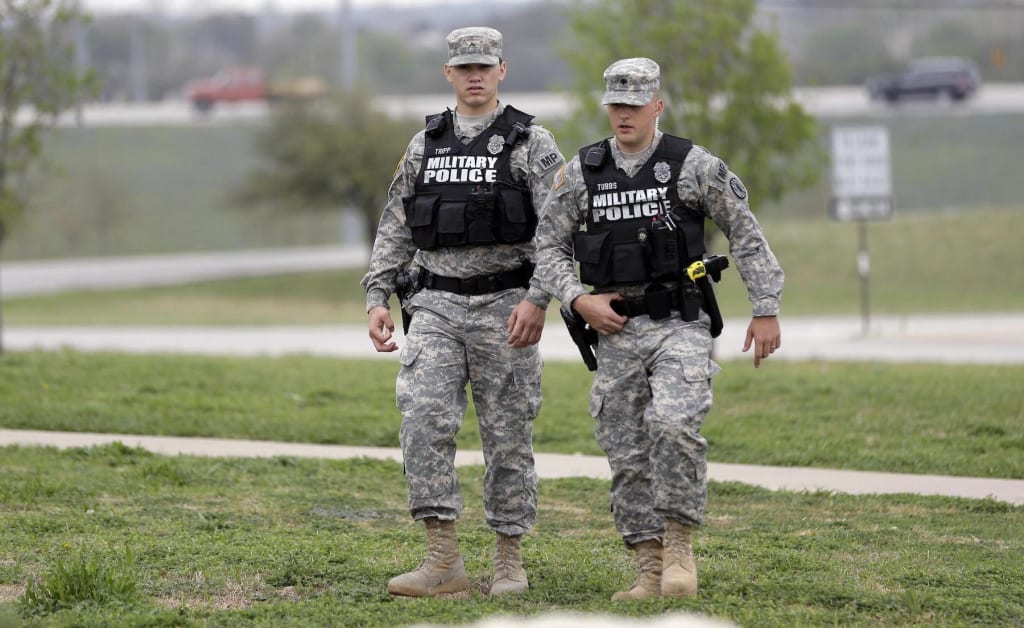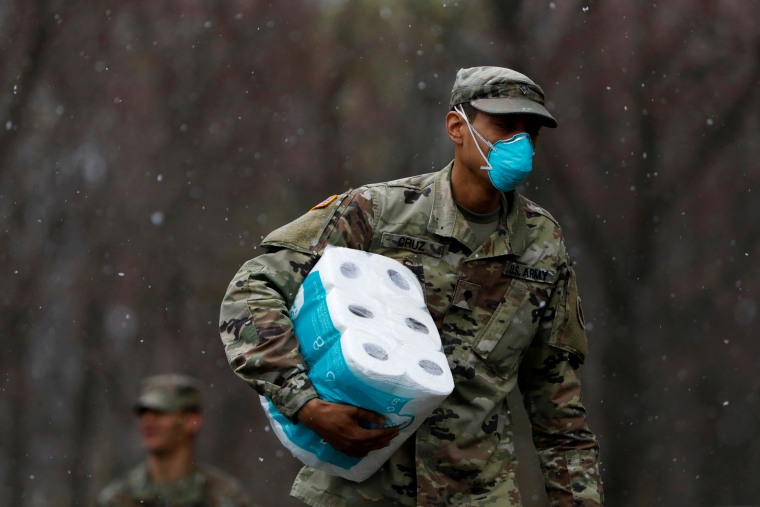The following is intended for entertainment only and should not be considered predictive or an endorsement of any of the actions contained herein.
The year is 2022, more than 2 years since the outbreak of coronavirus. Society broke down after a new COVID-19 strain (called COVID-XX) appeared in late 2020 and ravaged healthy individuals who were forced to rely on a healthcare system that had already been weakened. The global death toll was last estimated to be 700 million, but most government agencies ceased counting in mid-2021. It's likely to be between one and two billion today.
The US began to unravel when Senator Bernie Sanders passed away due to pneumonia in mid-2020 as the Democratic party held its national convention virtually. Some of his followers blamed the Democratic establishment for failing to push for health care reform early enough to save him. Sanders supporters spammed the virtual convention which had been planned to help consolidate support behind presidential candidate Joe Biden. This split among the Democratic base gave Trump a victory in both the popular vote and electoral college in November. Trump entered 2021 believing he had a mandate for governance and promised to impose federal rule to end the crisis.
The economic downturn that began in early 2020 worsened when most oil-producing nations refused to take losses on oil sales because of the Russo-Saudi price war. At the same time, the US government gave a 90-day extension for taxes in 2020 and approved universal basic income one month later; the US government's excessive spending and lack of revenue bankrupted it midway through 2021. That doomed any chance of recovery from the crisis in America.
Revolt first began in Portland, Oregon, where a sect of Sanders extremists sacked a Wal-Mart and stole its firearms to fight back against the Trump administration's martial law shortly after his re-inauguration in January 2021. Trump sent his son, Don Jr., to negotiate with Portland. But the helicopter carrying him crashed (or was shot down, depending on whom you believe). Trump responded with a constant umbrella of UAVs launching hellfire missiles against the insurgents, incurring many civilian casualties. Most Americans condemn these brutal attacks, but large numbers of Trump supporters are quick to point out that Barack Obama also carried out extrajudicial killings of Americans using UAV strikes during his presidency.
Still, UAV strikes against US citizens on American soil proved to be a step too far for most Americans. The country fractured. Combined with its bankruptcy a few months later, the federal government lost control over large sections of America as soldiers defected to defend their families as of mid-2021 rather than fight their countrymen. The UN's final act before shuttering its New York headquarters in September 2021 was to condemn the human rights violations of the Trump administration. The UN, WHO, World Bank, Interpol and other international organizations move most of their operations to the former US military base at Keflavik, Iceland. The Trump administration had already withdrawn its troops from Europe to assist with the insurrection at home.
The oil crisis left the US military and police forces mostly paralyzed to fight the insurrection. Billionaire inventor Elon Musk stepped in, finally delivering on one of his sweeping promises -- to devastating effect. He produced 40,000 electric vehicles for law enforcement activity in a specially-modified Tesla with light armor. He invoked the name of Henry Ford at a ceremony where the first 100 were delivered to the government, comparing it to the Model T. "It comes in any color you want," he said, "as long as that color is black." Musk called it the "T2." The rebels, freedom fighters and criminals around the country call them "Terminators." Insurgent forces, including criminals, operate mainly on rewired orange and green scooters that were left on the streets following the breakdown of society.
Regular military forces maintain a hold on most of the southeast and Appalachian, which remained loyal to Trump. Their control stops in West Virginia, Arkansas and Mississippi. The government relies on drones and small units to carry on its war against the West. This includes some special forces, but is mostly comprised of about 20,000 men and women contracted to private defense firms contracted by Erik Prince, now serving as Secretary of Defense.
Urban areas were hit the hardest by the COVID-XX virus in the US, but some areas were mostly untouched. Midwestern plains cities, such as Omaha, Des Moines, Kansas City, and Oklahoma City, fare the best. They have a loose economic affiliation to provide food and supplies to one another but no longer recognize the Trump administration's authority. Their capital is Detroit, now one of the most advanced cities in north America. The virus wiped out nearly its entire population in late 2020, leaving behind a small portion of people who had become immune. Survivors from around the country flock to the city, where there is abundant housing and a foundation for large-scale infrastructure to repair.
The densely-populated northeast has become largely empty, ravaged by the outbreaks and clashes with government forces. The western states are mostly lawless, not loyal to Trump and with no central governance. Some areas through the Rockies remain mostly peaceful, while the Pacific Northwest and Southern California remain in violent conflict with the Trump administration. The west coast in particular has become corrupt with warlords importing black market supplies from China to maintain their control on power.
Donald Trump Sr. retreated to Mar-A-Lago following the death of his son. Army engineers who had been directed to construct a wall on the southern border with Mexico are instead sent to Miami, where they turned the coastal island of Mar-A-Lago into a modern fortress. The resort itself has 3 layers of walls; one with the mainland, a seawall to contain a number of saltwater crocodiles, and a wall around the perimeter of the resort. Only a handful of staffers remain with Trump. After being banned from Twitter, Trump communicates publicly via Facebook live, shot using the front-facing camera on his phone in vertical format.
Trump's fixation on revenge for his son's death in the northwest and his increasing isolation in Mar-A-Lago led him to ignore intelligence reports in summer 2021 about increased cartel activity in the US and Central America. A coalition of cartels quietly worked together to infiltrate into cities in Texas, Louisiana, New Mexico, and their logistical hub in Chicago. In one fell swoop, they destroyed most government infrastructure and captured oil facilities in Texas and the Gulf of Mexico. Gang warfare in Chicago was brutal but brief while violence continued in Texas. Armed civilians calling themselves "Comanches" continue to fight back against the cartel coalition, but they maintain a grip on the oil and Chicago as a central transportation hub. They sell limited supplies to the rest of the US at exorbitant prices, preventing large-scale military machinery from being brought to bear against them.
Italy was evicted from the European Union following its threat to send its cases of infected over the border for treatment when its medical system collapsed in late 2020 with the second outbreak. The UK, slow to move under Boris Johnson, was also hit hard by the virus. In early 2021, Italy and the UK announced a military alliance and moved against mainland Europe. Border wars break out all over Europe; the West collapses in on itself as military leaders seize power in the crisis. Switzerland is believed to be neutral and untouched by the second outbreak, but has strict border controls and shoots anyone on sight attempting to cross the Alps. France survives by threatening nuclear annihilation of any European country that threatens it, but is ravaged by the new strain of virus internally. Most of the other nations in the former EU buckle and collapse by early 2022 following months of disease and war.
China isn't immune to the second strain of the virus, sustaining some 50 million dead. But Xi Jinping remains in power, directing manpower and resources to develop, test, and produce a vaccine en masse. It arrived in significant numbers in China in mid-2021, shortly before the US devolves into chaos. The Chinese government declines to send assistance to America, stating that it cannot protect its aid workers in the country. Instead, they send medical staffers and scientists to Africa and South America in early 2022 to assist in distributing the vaccine. The aid workers are accompanied by large numbers of PLA troops who were conscripted in the previous year. After the aid is distributed, the PLA forces remain. China has become the dominant world power, stripping resources from Africa to continue its economic recovery.
The growth and stability of China makes some of its neighbors nervous. India and Pakistan reached a long-term peace agreement about Kashmir in late 2021 with the world spiraling out of control, and by mid-2022 announce a mutual defense treaty. The historically unthinkable alliance is a clear hedge against China's omnipotence in the new world order. Russia reached out to China for assistance with the second outbreak in late 2020; China waited several months before sending its vaccinated troops in to restore order. Vladimir Putin passed away two weeks after receiving what he believed to be the Chinese vaccine, administered by PLA doctors on national TV. The Chinese troops remain in populated and resource-intensive regions of Russia but most of the country is abandoned and left to fend for itself.
The Middle East was one of the first areas to collapse. Prince Mohammad Bin Salman, knowing his country couldn't sustain itself through the oil price war with Russia, invited the Muslim world to continue its annual pilgrimage to Mecca in Summer 2021 despite health officials warning of it as an imminent disaster. The Hajj drew only 2 million visitors, well below its normal rate, but more than enough to spread the virus throughout the region.








